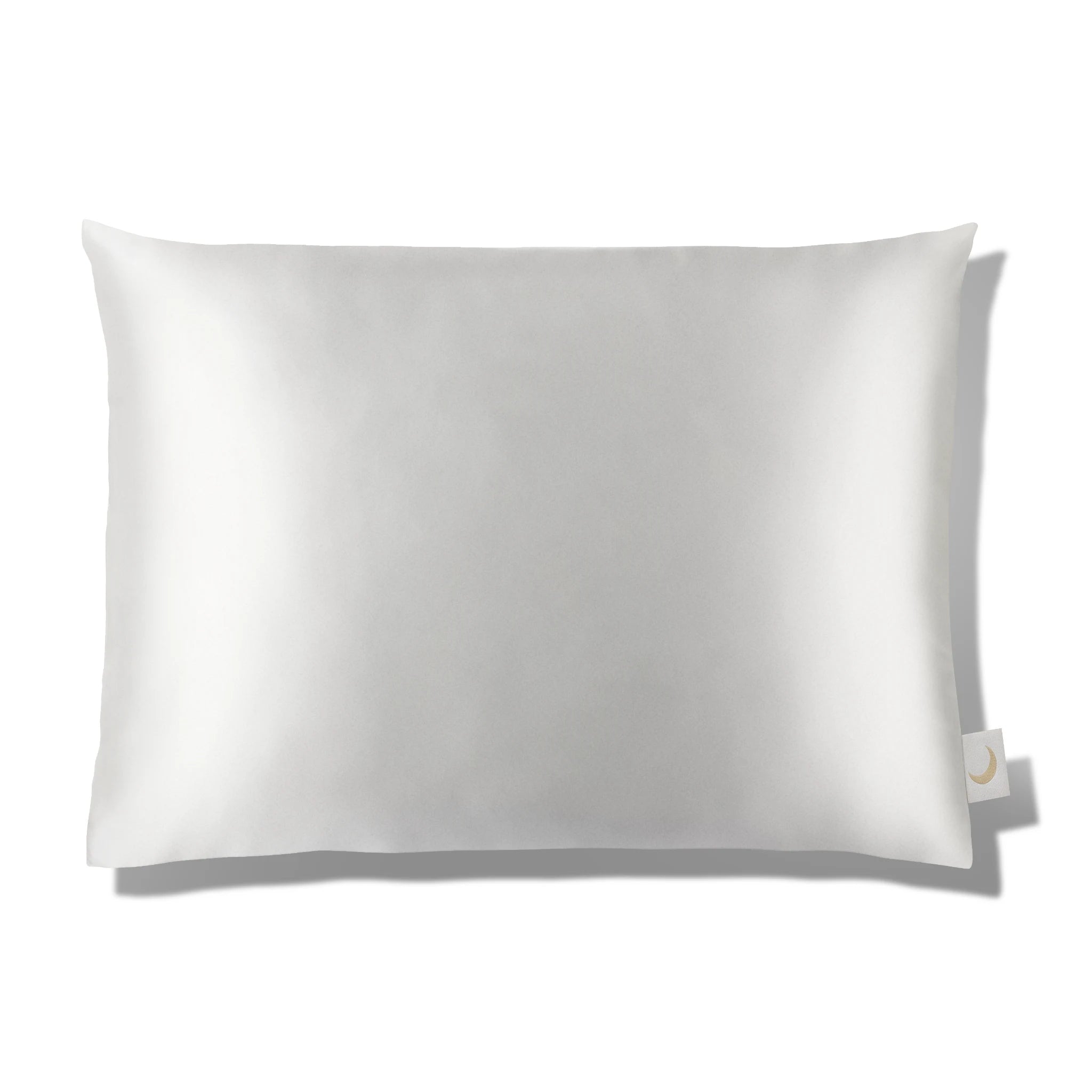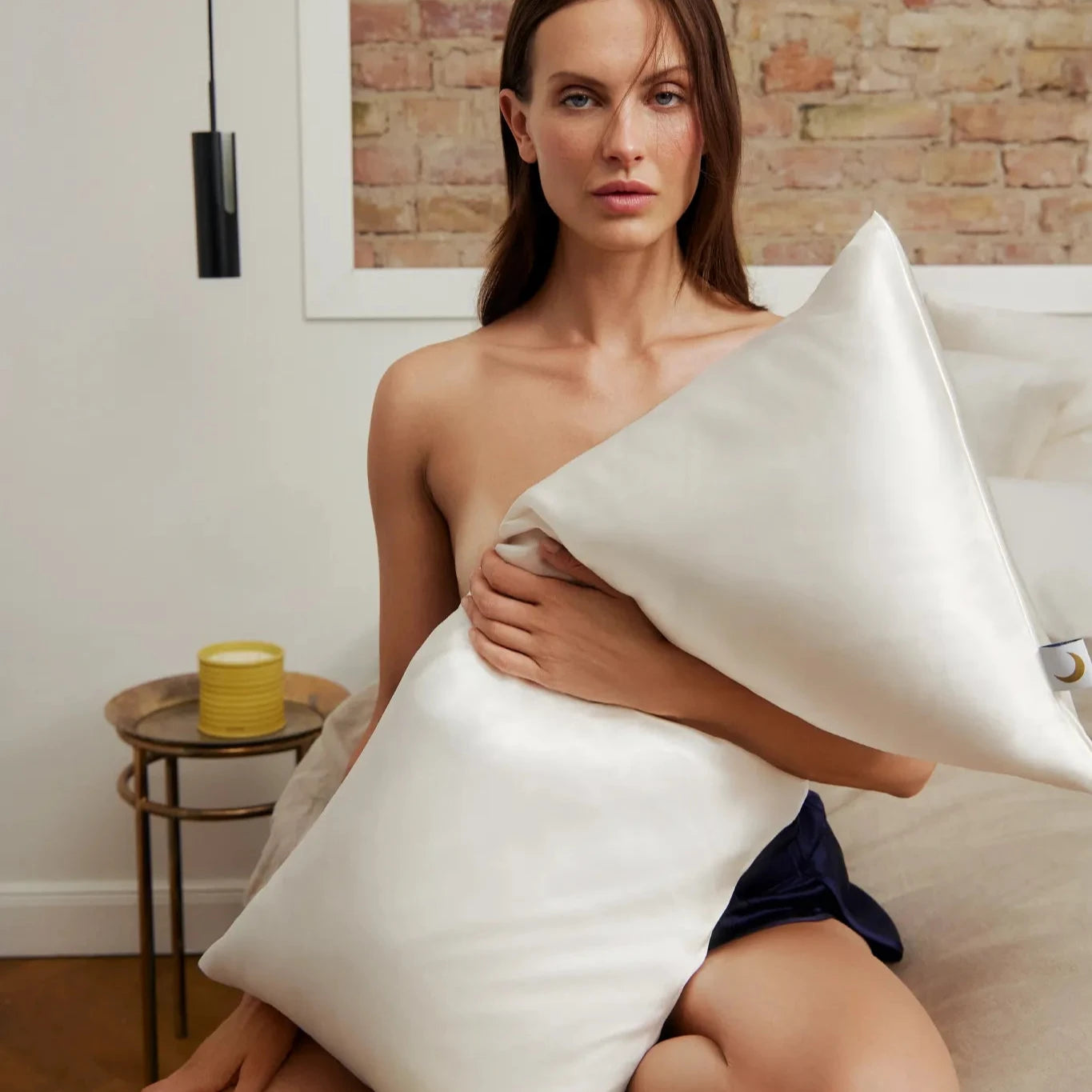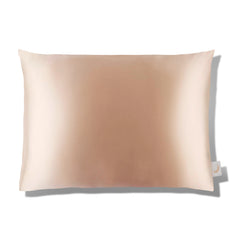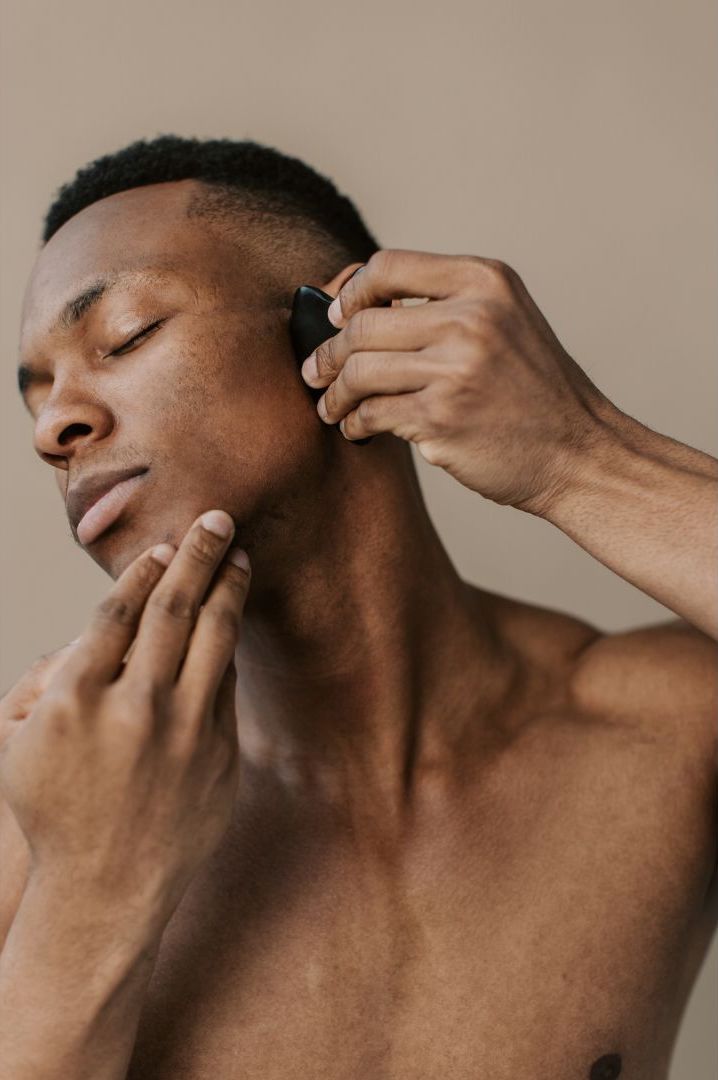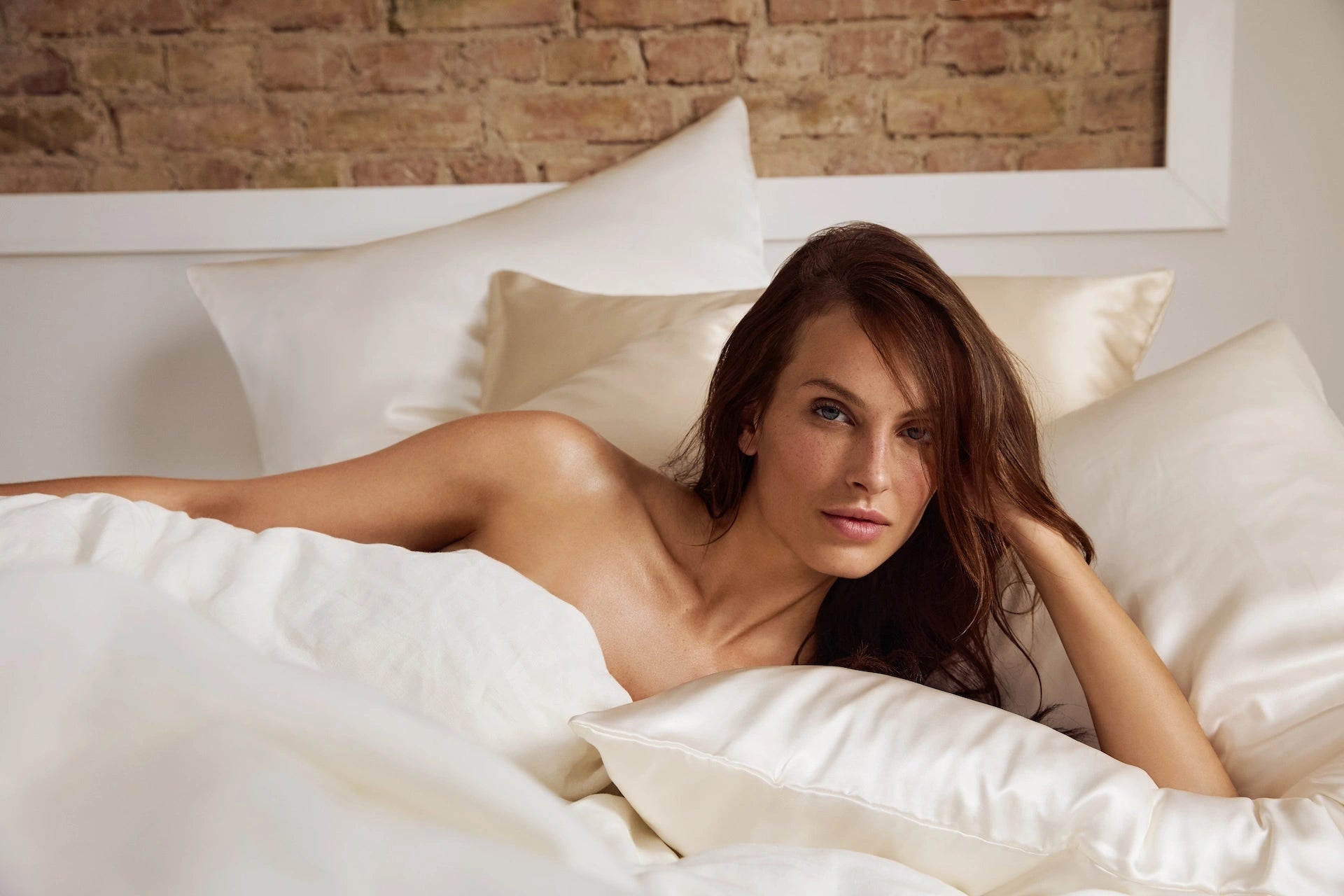Facial massage has been around for centuries, but is it worth incorporating into your routine?
As we mentioned last time, social media is full of posts and videos demonstrating facial massage techniques, with radiantly glowing faces claiming that the answer to a look that belies your age is at your fingertips … quite literally.

An age-old tradition
Facial massage has a long history dating back to traditional Chinese medicine (TCM)1, Ayurveda2, and even ancient Egypt3. Techniques such as acupressure have been used for centuries to improve blood circulation and promote lymphatic drainage.
The lofty promises of the new breed of facial masseuses are certainly promising. Improved blood circulation, reduced puffiness and water retention, less pronounced wrinkles and a bouncier, more taut complexion? Sign me up!
Promises, promises!
However, the effectiveness of these techniques is a subject of debate among experts.
Speaking to the Guardian in 20214, Dr Cara McDonald, a dermatologist and director of Complete Skin Specialists in Melbourne admitted: “There is a lot of anecdotal evidence that facial massage has benefits for the skin and possibly improves some signs of ageing,” “Unfortunately, there are not many randomised controlled trials, which are the gold standard in scientific research to give real evidence for the effectiveness of any treatment.” Sydney-based dermatologist Dr Natasha Cook is even blunter, calling the benefits “fundamentally mythological”.
What’s more, massaging or rubbing could cause inflammation or irritation, so those with psoriasis and dermatitis should proceed with caution.
“Anything that’s visual will be popular on Instagram and TikTok platforms. It doesn’t mean they work,” Cook says. It’s also important to bear in mind that many of those waxing lyrical about facial massage are selling their own facial massage courses.
So, the experts aren’t convinced it’ll do anything for your skin, but what about the shape and firmness of your face?
Use it or lose it
We have more than two dozen individual muscles on each side of our face. The craniofacial muscles are essential for chewing and making facial expressions.
The logic behind using Botox is to stop repetitive muscle contractions, by blocking the signals between nerves and muscles, causing temporary muscle paralysis or relaxation. However, this can mean that other muscles have to work harder. If we think of sports medicine, the goal is not to completely switch off specific muscles, but to restore balance and function, to stop individual muscles from doing all the work. It seems to me that’s an approach that could also be applied to the face.
‘Knead’ to relax?
Rather than stopping them from contracting, facial massage can help to release tension from overactive muscles and promote a sense of relaxation and well-being – so maybe we’ll feel less need to frown in the first place! Massage has been linked to improved emotional well-being, reduced symptoms of depression, and increased feelings of connection and bonding. A number of studies have also shown that massage therapy can reduce stress hormones such as cortisol and increase the production of endorphins, leading to a sense of relaxation and improved mood. 5
According to facialist to the stars, Nichola Joss, (credited with carving the enviable cheekbones of kneading the faces of Kate Moss, Cate Blanchett, Kate Winslet)
“When you start removing tension and stress, the muscle really appreciates it because it loses its heaviness and density. It sits where it should be sitting. Sometimes fluids sit in the muscle tissue so the more you massage the muscles, the better shape they’ll become6.”
The lifting and kneading of muscle tissue has even been shown to ‘switch off’ genes associated with inflammation7.
What’s more, regular massage therapy has been linked to improved sleep quality and increased time spent in deep sleep stages8, so it can even help us to get in our beauty sleep.
If nothing else, facial massage increases blood circulation – hence the instant rosy glow. Improved blood flow can bring more oxygen and nutrients to the skin cells, potentially leading to a healthier and more radiant complexion. Some aestheticians also believe that massage helps products to penetrate the skin more effectively.
Glow with the flow
The jury may still be out on the effectiveness of facial massage, but it remains an accessible and enjoyable practice. Whether you choose to embrace facial massage for its potential benefits or simply for the self-indulgent pleasure it brings, one thing is certain: when you feel better, you undoubtedly look better too.
1. Li, T., et al. (2019). Traditional Chinese Medicine for neck pain and low back pain: A systematic review and meta-analysis of randomized controlled trials. European Journal of Pain, 23(1), 3-10.
2. Saha, M. R., et al. (2016). Complementary and alternative medicine in dermatology: An overview of Ayurvedic medicine, traditional Chinese medicine, and homeopathy. Clinics in Dermatology, 34(1), 24-30.
3. Fathi, A., & Fathi, A. (2014). A review on therapeutic strategies for melasma treatment. Journal of Research in Medical Sciences: The Official Journal of Isfahan University of Medical Sciences, 19(8), 753-757.
4. https://www.theguardian.com/fashion/2021/aug/22/heres-the-rub-facial-massage-can-have-benefits-but-not-for-your-skin5. Field, T. (2019). Touch in psychotherapy: A review of empirical research. Psychotherapy, 56(3), 346-358.
6. https://www.willowberry.co.uk/blogs/blog/face-massage-for-gorgeous-glow-expert-advice-from-top-facialist-nichola-joss
7. Massage Mystery Mechanism, Gisela Telis, Feb. 2012, sciencemag.org8. Gillespie, L. (2020). The effects of massage on sleep: A meta-analysis. Journal of Bodywork and Movement Therapies, 24(3), 464-470.
